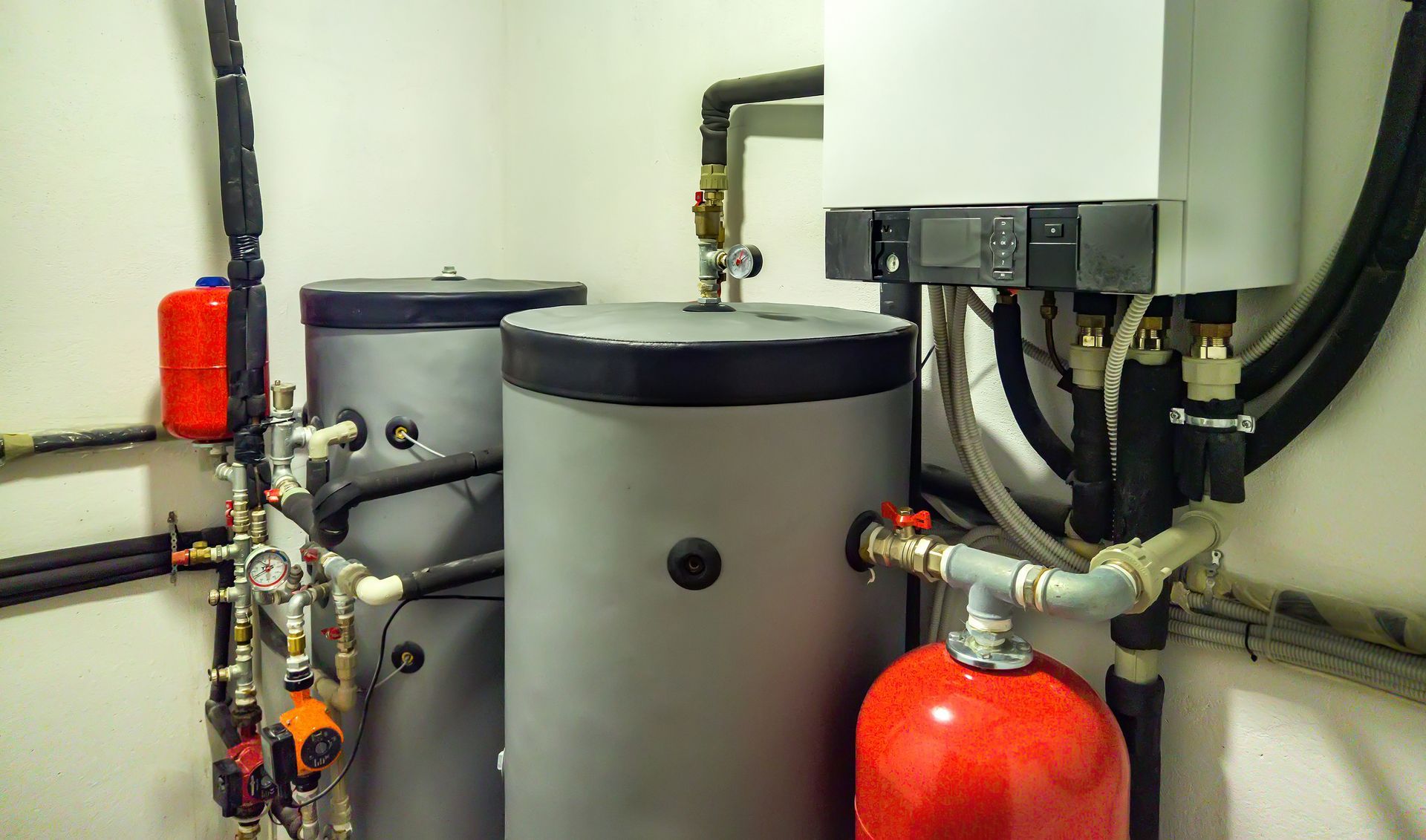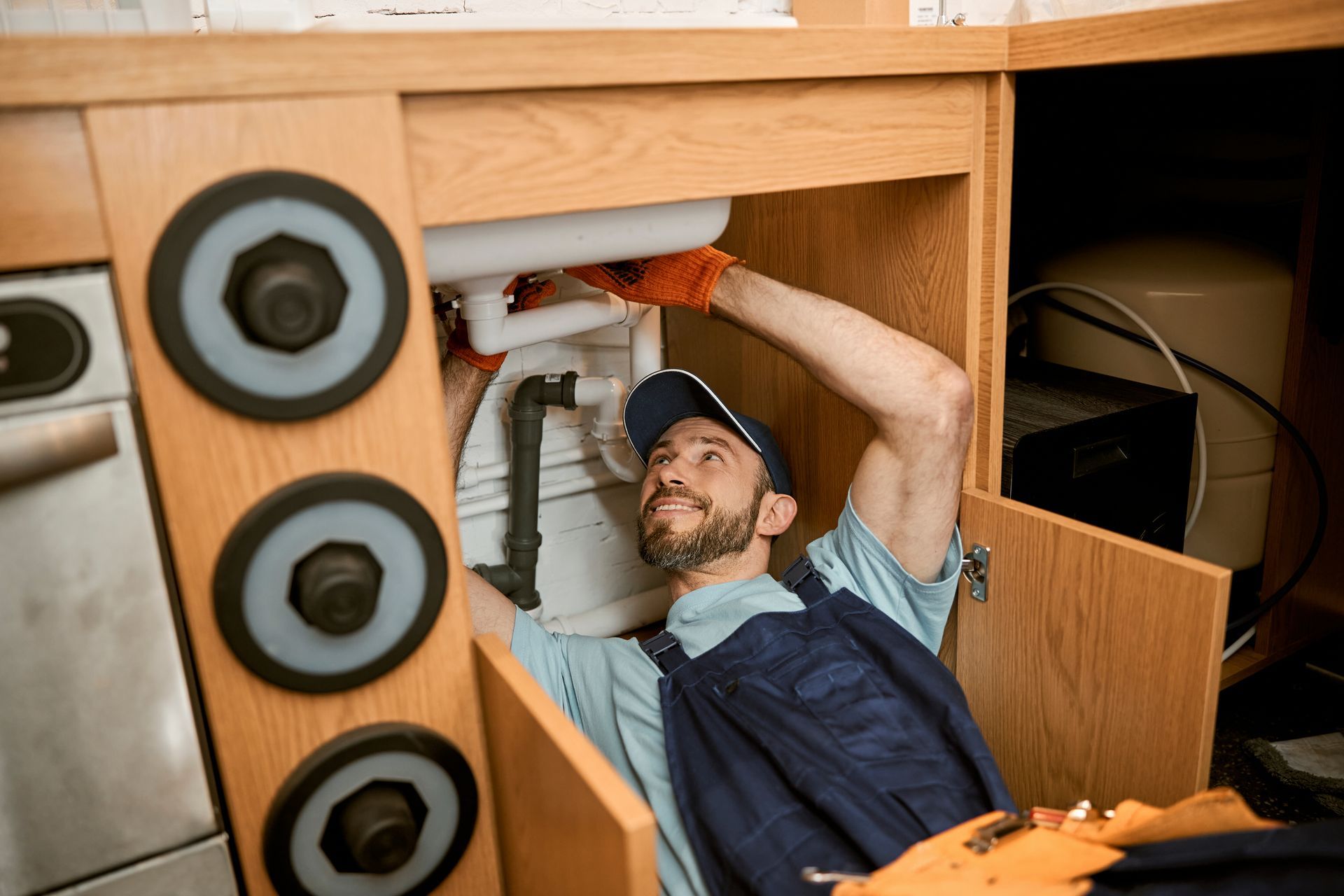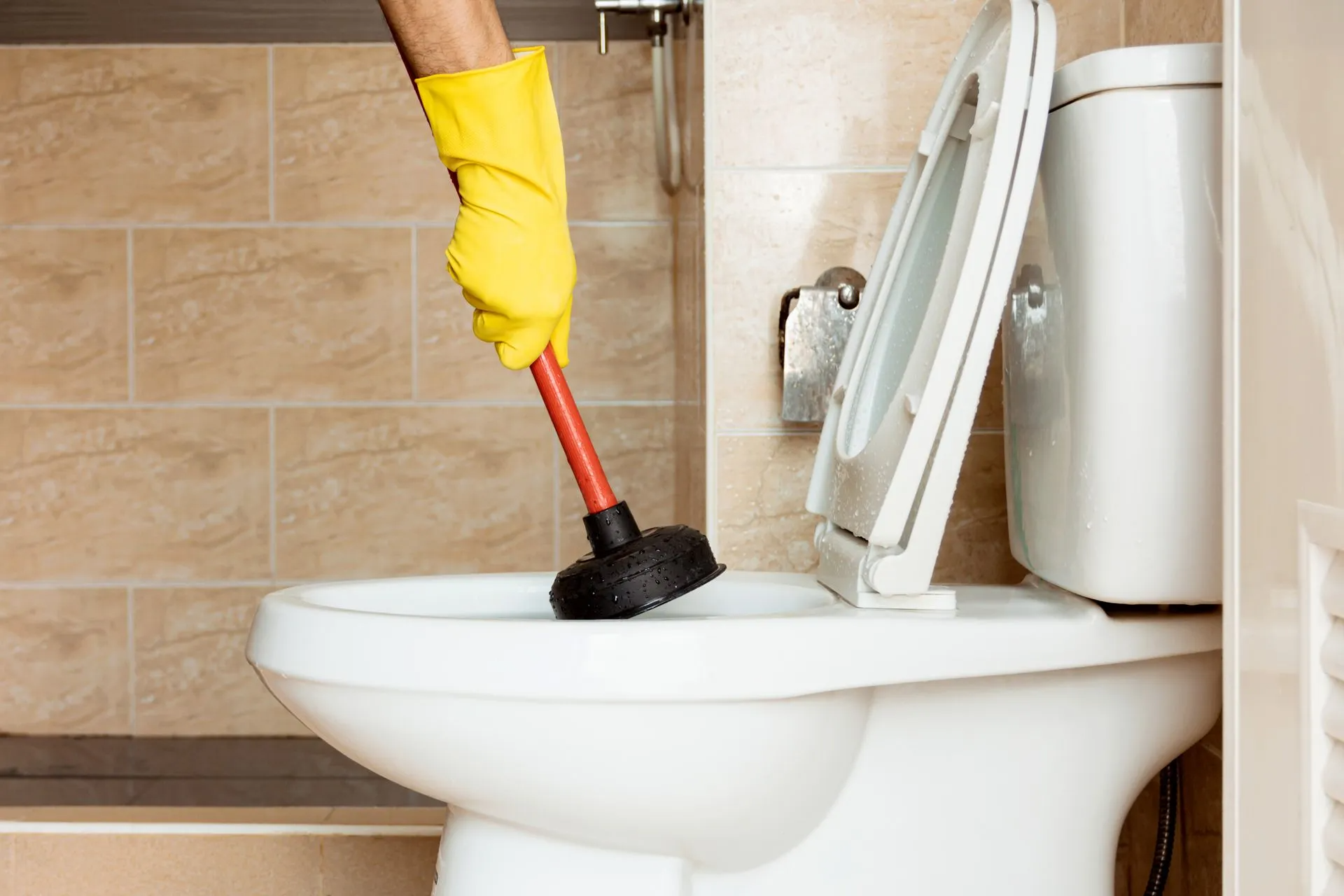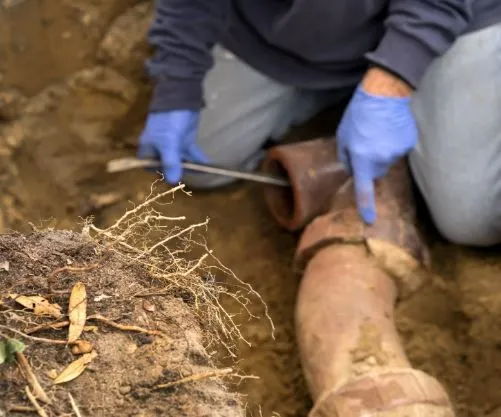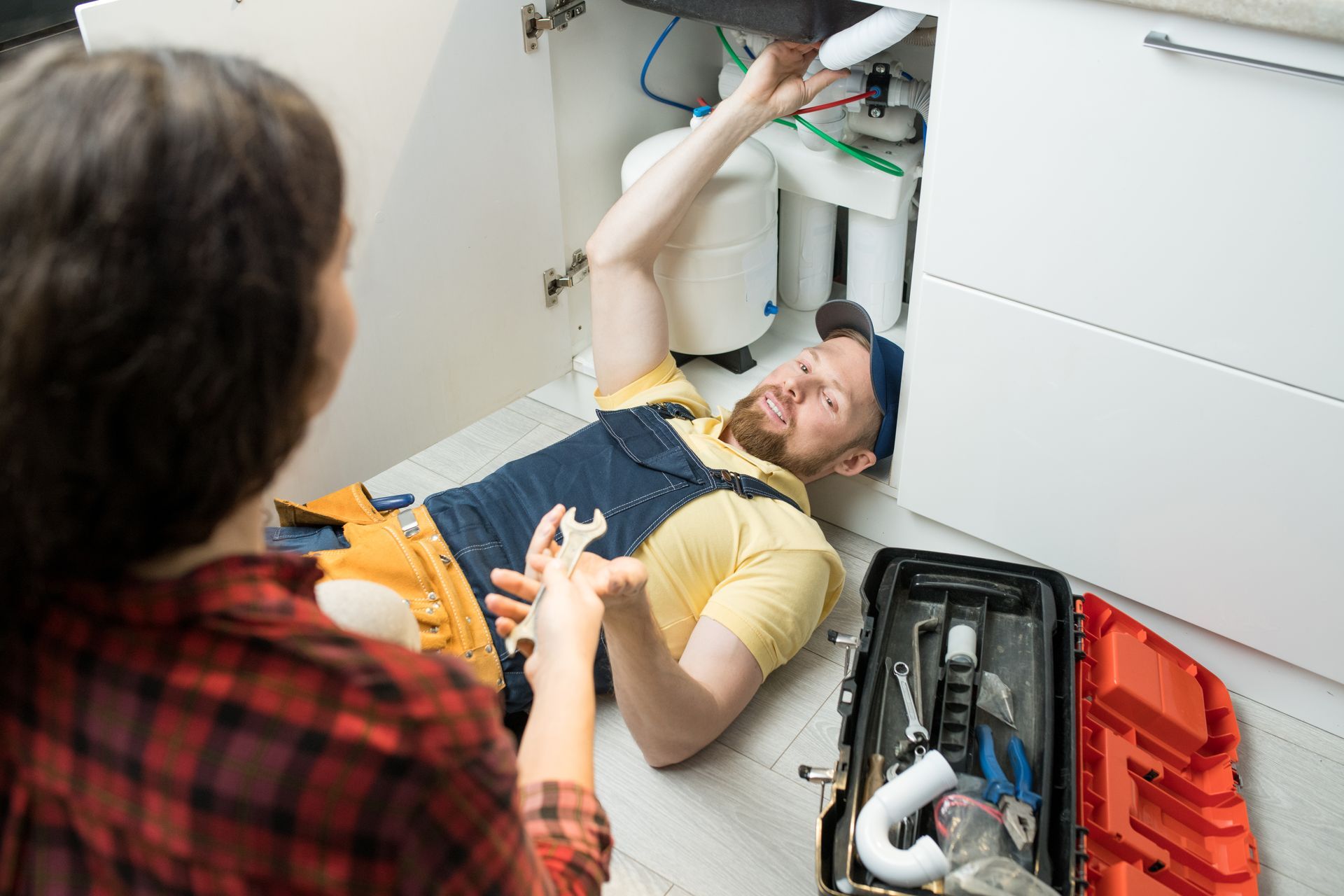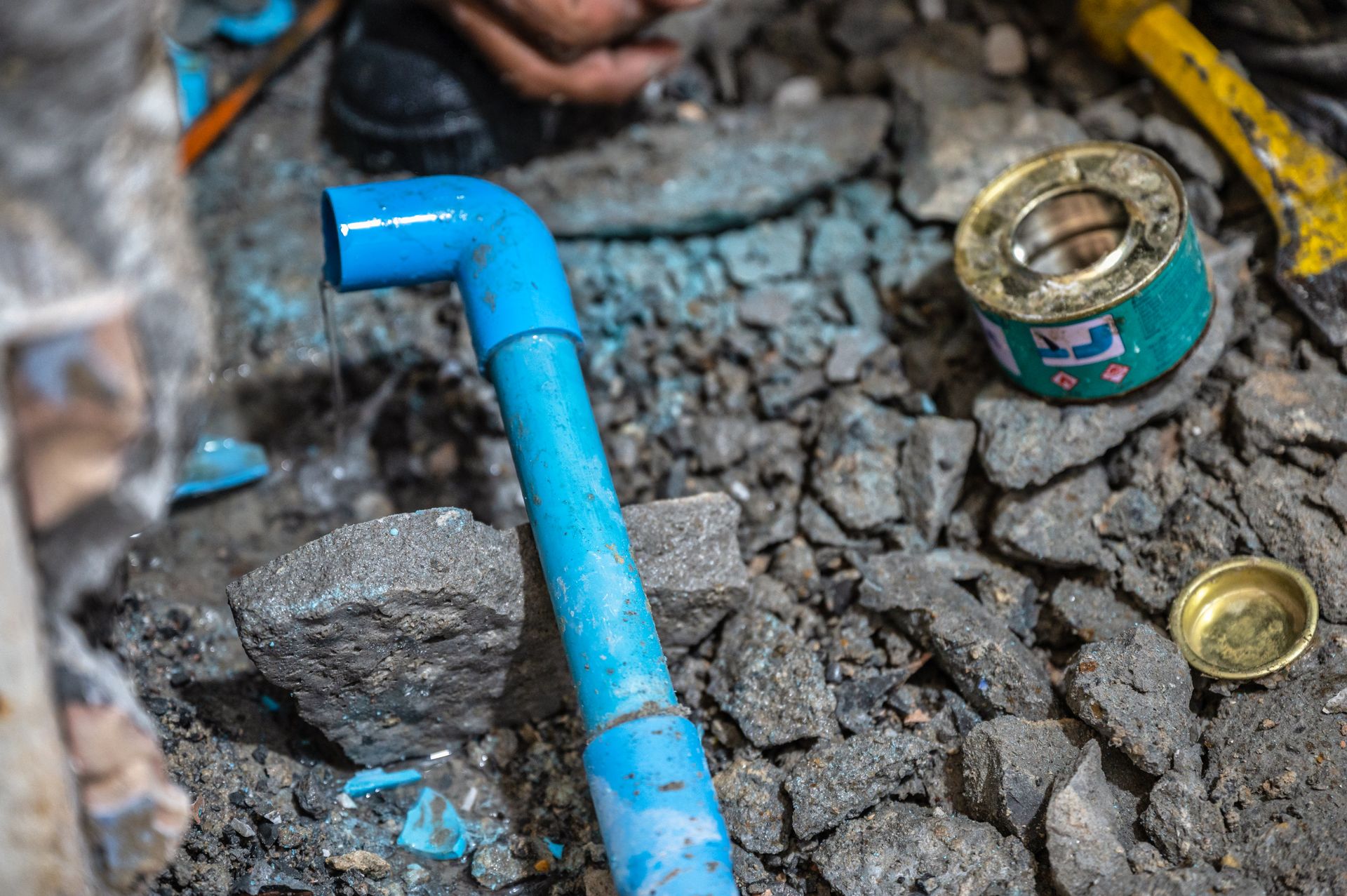Slow drains is a frustrating issue that many homeowners encounter. Slow drains disrupt daily activities, create unpleasant odors, and can lead to more severe plumbing problems if left unattended. This article will explore the major factors contributing to slow drains.
1. Minor Clogs
Minor clogs are among the most common causes of slow drains in homes. Over time, debris such as hair, soap residue, grease, and food particles can accumulate in pipes and create blockages. These small clogs restrict water flow and cause drains to empty slowly. Minor clogs are often found in bathroom sinks, showers, and tubs, where hair and soap scum are regularly washed down the drains.
Use drain screens or stoppers to catch debris before it enters the pipes. Regularly cleaning these screens and removing trapped hair and debris can help maintain smooth drainage.
2. Tree Roots
Another significant cause of slow drains is tree roots infiltrating underground sewer lines. As trees grow, their roots seek moisture and nutrients, often invading sewer pipes in the process. Tree roots can cause significant blockages, resulting in slow drains or even complete pipe obstructions.
Plumbers can use specialized equipment, such as augers or hydro-jetting, to remove the roots and restore proper drainage. In some cases, replacement or repair of damaged pipes may be necessary to prevent recurring tree root issues.
3. P-Trap Problems
The P-trap is a curved section of pipe located beneath sinks, showers, and toilets. It creates a water seal that prevents sewer gasses from entering the home. However, P-traps can also become a source of slow drains if they develop problems.
One common issue with P-traps is the accumulation of debris. Over time, debris and small objects can build up within the trap, impeding the flow of water. Regular cleaning of P-traps and removing any trapped debris can help maintain proper drainage.
Another problem related to P-traps is improper installation or venting. If a P-trap is not correctly installed or lacks proper venting, it can create suction and hinder drainage. Plumbers should ensure correct installation and venting of P-traps, thus avoiding slow drain issues caused by this component.
4. Septic Tank Sludge
Homes with septic systems may experience slow drains due to the accumulation of sludge in the septic tank. The septic tank is designed to separate solid waste from wastewater, but over time, sludge can build up at the bottom. When the sludge level becomes too high, it can impede the flow of water and cause slow drains.
Regular septic tank pumping and maintenance are crucial to prevent sludge buildup.
5. Deterioration
As plumbing systems age, pipes can deteriorate, leading to slow drains. Old pipes made of materials like galvanized steel or cast iron are particularly prone to corrosion, rust, and scaling. These issues restrict the interior diameter of the pipes, reducing water flow and causing drains to empty slowly.
In cases of pipe deterioration, a plumber can assess the plumbing system's condition, identify areas of concern, and determine the most appropriate course of action. Pipe replacement or relining may be necessary to restore proper drainage and eliminate slow drains caused by deteriorating pipes.
6. Vent Pipes
Vent pipes play a crucial role in plumbing systems, allowing air to enter and equalize pressure within the pipes. When vent pipes become obstructed or damaged, they can cause slow drains. Blockages can occur due to debris, bird nests, or even small animals seeking shelter in the pipes.
Plumbers have the knowledge and tools to access the vent system, identify blockages, and clear them effectively.
Peter Piper's Plumbing is your trusted 24-hour emergency service plumbing company. We've got you covered when pipes burst or leaks flood your home. Contact us now, and we'll race to your rescue, day or night.
